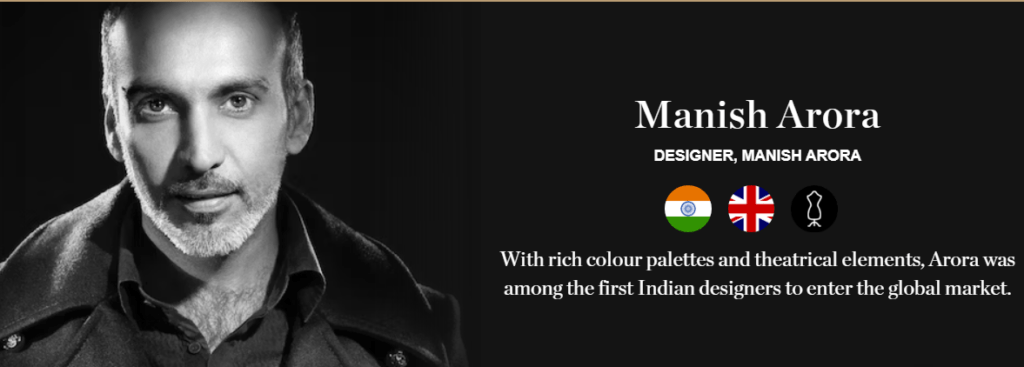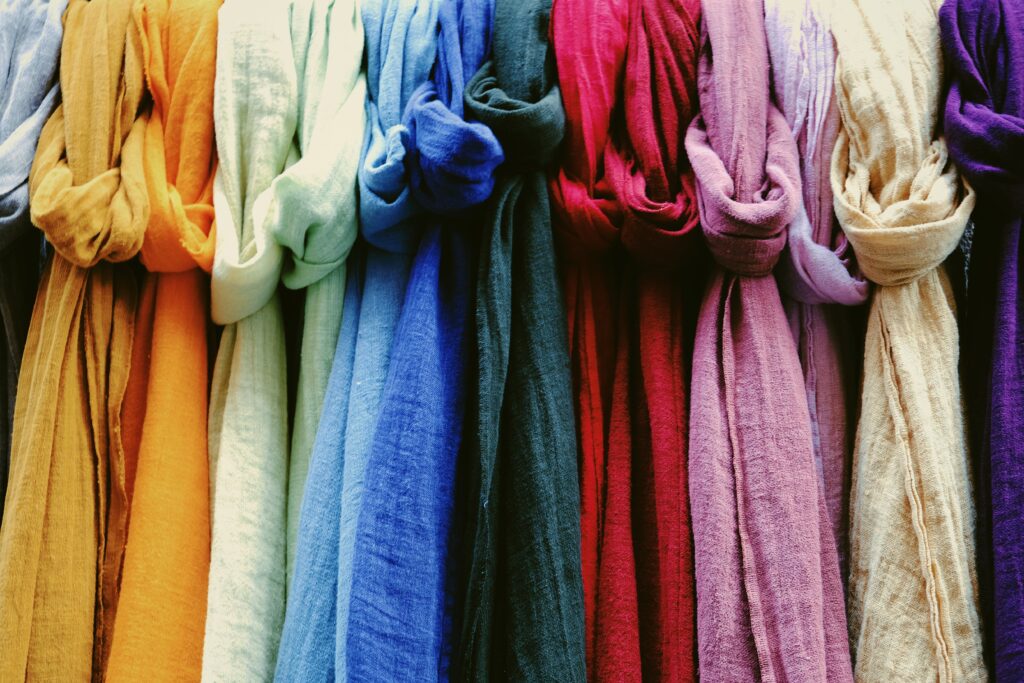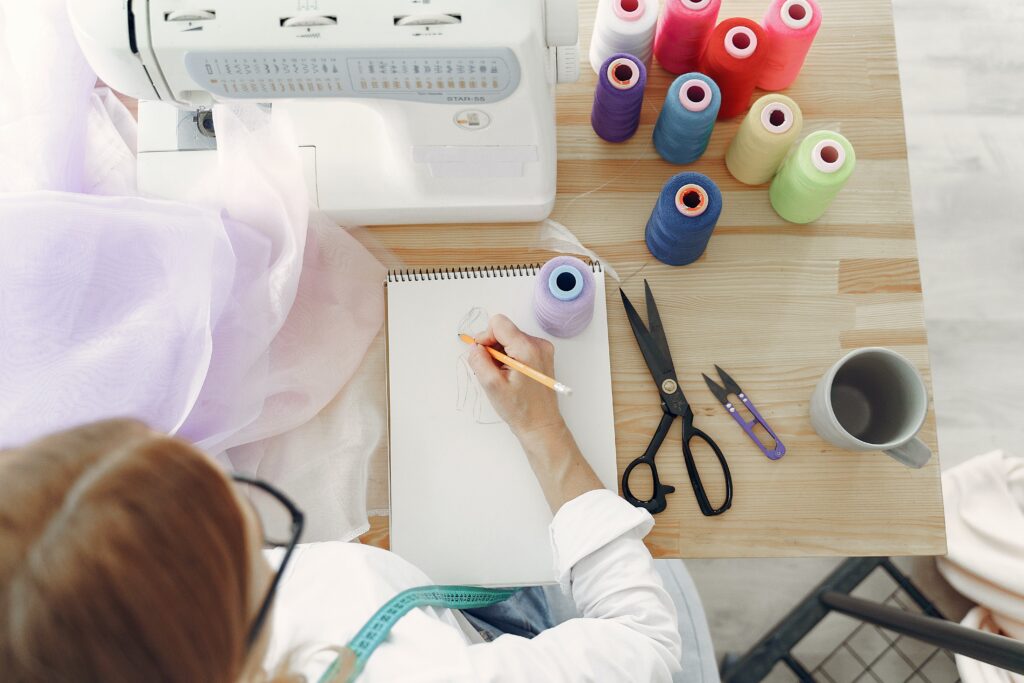Dive into the world of fashion innovation with ” Fashion Sketching: 7 Powerful Insights into Pioneering.’ Uncover the secrets that propel your creativity, as we explore the dynamic art of fashion sketching. Unveil the canvas of your imagination and discover how to revolutionize your style journey with these transformative insights. Elevate your skills, embrace the power of sketching, and step into a realm where your fashion aspirations come to life.
Pioneering Fashion Sketching: Unveiling the Canvas of Creativity
Fashion, a perpetually evolving industry, thrives on the dynamic artistry of fashion sketching. In this realm of innovation, creativity knows no limits. The essential tools range from traditional pencils to cutting-edge digital tablets, providing a versatile canvas for designers. Techniques vary from expressive strokes to intricate linework, each sketch embodying a unique aesthetic.
Fashion sketching serves as a visual language, transcending cultural barriers, facilitating communication, and fostering rapid iteration. Its impact on the fashion landscape is profound, pushing the boundaries of design and democratizing creativity. In this ever-expanding universe, fashion sketching remains a powerful force, shaping the industry’s trajectory.
1. Introduction to Pioneering Fashion Sketching
1.1 Definition and Importance
Pioneering fashion sketching transcends the mere depiction of garments; it embodies a unique language through which designers articulate their creative visions. This section delves into the intrinsic nature of fashion sketching, highlighting its pivotal role in the design process.
Beyond a visual representation, these sketches serve as a communicative medium, allowing designers to express concepts, refine ideas, and bring their imaginative worlds to life. The importance of fashion sketching lies not only in its ability to capture designs but in its capacity to convey the essence, inspiration, and nuanced details that shape the narrative of the fashion industry.
1.2 Evolution of Fashion Sketching
The evolution of fashion sketching spans from the pencil sketches of years to the digital canvases of today, marking a revolutionary journey in design. In the bygone era, designers wielded pencils and paper, crafting intricate drawings as a foundational step in their creative process.
Over time, technological advances ushered in a new era, with digital tools and tablets transforming the landscape of fashion illustration. This fascinating evolution not only reflects advancements in artistic techniques but also showcases the seamless integration of traditional and modern approaches, propelling fashion sketching to the cutting edge of design innovation.
2. Tools and Techniques in Pioneering Fashion Sketching
2.1 Traditional vs. Digital Tools

In the realm of fashion sketching, artists navigate between two distinct worlds: the classic combination of paper and pencil and the modern duo of digital stylus and tablet. The traditional medium, with its tangible textures and hands-on approach, retains an enduring charm.
However, the digital frontier is making waves, offering unparalleled flexibility, efficiency, and the ability to seamlessly integrate with contemporary design workflows. As the industry seeks a harmonious balance between heritage and innovation, the choice between traditional and digital tools becomes a dynamic dialogue, reflecting the evolving nature of fashion sketching in a technology-driven era.
2.2 Incorporating Technology
Technology isn’t merely a companion but a transformative force in the realm of fashion sketching. Augmented reality and 3D modeling emerge as game-changers, redefining the creative process. Augmented reality allows designers to visualize sketches in real-world settings, enhancing precision and context.
Meanwhile, 3D modeling breathes life into designs, offering a dynamic perspective that traditional methods can’t replicate. These tech trends not only streamline workflows but also open new dimensions of creativity, illustrating how technology has become an integral and revolutionary component shaping the landscape of contemporary fashion sketching.
2.3 Importance of Skill Enhancement
In the competitive world of fashion design, skill is the backbone of artistic prowess. This section emphasizes the critical role of continuous skill enhancement for designers to stay relevant. As trends evolve and techniques advance, honing one’s craft becomes a perpetual journey.
Whether mastering traditional sketching methods or adapting to cutting-edge technologies, a commitment to skill development ensures designers not only keep pace with industry dynamics but also push the boundaries of their creative potential, fostering innovation and maintaining a competitive edge in the ever-evolving landscape of fashion sketching.
3. The Role of Pioneering Fashion Sketching in Design Process
3.1 Idea Generation and Conceptualization
Fashionsketching serves as the birthplace of ideas, a realm where designers harness the power of visualization to bring concepts to life. This section delves into the pivotal role of sketching as a tool for brainstorming. Through the strokes of a pencil or the precision of digital lines, designers breathe life into their creative musings.
Sketches become the tangible manifestation of imagination, allowing for the exploration of diverse concepts and the refinement of ideas. In the dynamic process of fashion design, sketching emerges as a foundational step, transforming abstract thoughts into visual narratives that lay the groundwork for innovative and captivating designs.
3.2 Communicating Design Elements
Pioneering fashion sketching acts as the vital bridge between a designer’s mental image and the tangible realization of a garment. In this exploration, we dissect the anatomy of this creative communication. Fashion sketches become the language through which designers articulate design elements, translating abstract ideas into tangible visual representations. Whether it’s the drape of fabric, intricate details, or the overall silhouette, these sketches convey the essence of the envisioned clothing, serving as a crucial tool for effective communication in the intricate process of bringing a designer’s imagination to life.
You will also like : 2024 में सफलता की कुंजी “Fashion Designer Kaise Bane”
You may also like: Fine Arts –What Is It All About?
3.3 Bridging the Gap Between Concept and Reality
Fashion sketches play a pivotal role in navigating the journey from conceptualization to the final product. This section delves into the intricate process of bridging the gap between concept and reality. Fashion designers rely on sketches as a roadmap, guiding them through the challenges and triumphs of translating abstract ideas into tangible garments.
The sketches act as a visual blueprint, ensuring a seamless transition from the creative realm to the practicalities of production. Amidst the complexities of materials, construction, and functionality, these sketches become a compass, guiding designers to transform their vision into the fabric and form of the finished piece.
You may also like: Unveiling the Power of Blockchain Technology: Changing Future
You may also like: 2024 Navigating the NFT Landscape : Unveiling the complexity of Non-Fungible Tokens
You may also like: 20 METAVERSE Realities Redefining the Virtual Revolution
You may also like: Internet of Things (IoT)-10 Mind-Blowing Secrets
4. Famous Pioneers in Fashion Sketching
4.1 Historical Figures
In a tribute to the roots of contemporary fashion sketching, we honor historical figures such as Charles Frederick Worth and Elsa Schiaparelli. Worth’s sketches encapsulated the elegance of 19th-century fashion, laying a foundation for the art. Meanwhile, Schiaparelli’s avant-garde designs challenged conventions, influencing the trajectory of fashion illustration. These pioneers, through their visionary sketches, not only shaped their eras but also left an indelible mark on the evolving language of fashion. In celebrating their contributions, we acknowledge the rich heritage that informs and inspires the dynamic world of modern fashion sketching.
4.2 Modern Influencers
In a tribute to the roots of contemporary fashion sketching, we honor historical figures such as Charles Frederick Worth and Elsa Schiaparelli. Worth’s sketches encapsulated the elegance of 19th-century fashion, laying a foundation for the art. Meanwhile, Schiaparelli’s avant-garde designs challenged conventions, influencing the trajectory of fashion illustration.
These pioneers, through their visionary sketches, not only shaped their eras but also left an indelible mark on the evolving language of fashion. In celebrating their contributions, we acknowledge the rich heritage that informs and inspires the dynamic world of modern fashion sketching.
4.3 Their Contributions to the Fashion Industry
The legacy of pioneers like Charles Frederick Worth and Elsa Schiaparelli extends beyond artistic merit; their contributions are profound in shaping the fashion industry. These visionaries not only elevated fashion sketching as an art form but also redefined the way we perceive and consume fashion.
Worth, with his meticulous sketches, laid the groundwork for the modern fashion house system. Schiaparelli, through avant-garde designs, pushed boundaries, influencing the industry’s creative landscape. Their enduring impact echoes in contemporary design philosophies, emphasizing that fashion sketching is not merely an artistic endeavor but a transformative force that shapes the very fabric of the fashion world.
The influence of pioneers like Charles Frederick Worth and Elsa Schiaparelli extends globally, leaving an indelible mark on the Indian fashion industry. Worth’s meticulous sketches, though rooted in European fashion, set a precedent for craftsmanship and attention to detail, influencing Indian designers like Ritu Kumar. Kumar, a stalwart in the Indian fashion scene, draws inspiration from traditional Indian aesthetics while embracing the precision emphasized by Worth.
On the other hand, Schiaparelli’s avant-garde spirit finds resonance in Indian designers like Manish Arora. Arora’s bold and imaginative designs echo Schiaparelli’s fearless approach, challenging conventions and infusing vibrant narratives into Indian fashion.

In essence, these pioneering figures have transcended geographical boundaries, becoming beacons for Indian designers who, in incorporating elements of Western artistry, have crafted a unique narrative that blends tradition with innovation, shaping the way Indian fashion is perceived and consumed on the global stage.
5. Pioneering Fashion Sketching in Education
5.1 Integration into Fashion Design Courses
Educational institutions recognize the pivotal role of pioneering fashion sketching and are integrating it into their curricula. The emphasis extends beyond theoretical knowledge to practical skills, acknowledging that a holistic education is crucial for aspiring fashion designers.
Courses now include hands-on sketching sessions, where students learn to translate their creative visions onto paper or digital platforms. This integration fosters a balance between conceptual understanding and applied skills, preparing students to navigate the dynamic demands of the fashion industry. By incorporating the artistry of fashion sketching, these institutions ensure that future designers not only comprehend the theoretical aspects but also possess the practical proficiency vital for success in the ever-evolving world of fashion design.
5.2 Benefits for Aspiring Designers
Mastering the art of fashion sketching offers aspiring designers a pathway to a successful career that extends far beyond the classroom. Beyond the essential skill development, sketching serves as a visual language, enabling designers to communicate ideas effectively throughout their careers. The ability to translate concepts into tangible sketches enhances creativity and problem-solving, crucial attributes in the competitive world of fashion.

Moreover, sketching fosters a unique design identity, allowing emerging designers to develop a signature style. This individuality becomes a distinguishing factor, setting them apart in a crowded industry. Additionally, the proficiency in sketching equips designers to adapt seamlessly to evolving technologies, ensuring they remain relevant and innovative throughout their careers.
In essence, mastering the art of sketching not only shapes a designer’s education but becomes a cornerstone for building a resilient and successful career in the ever-evolving landscape of the fashion industry.
Conclusion:
In summary, pioneering fashion sketching transcends mere artistry; it stands as a dynamic force that shapes the very trajectory of the fashion industry. In an era where technology continually pushes boundaries and artists liberate themselves from conventional norms, the canvas of creativity expands exponentially. Fashion sketching becomes a nexus where tradition and innovation converge, propelling the industry into new dimensions.
As designers embrace both traditional and digital tools, the evolution of fashion sketching becomes a testament to the industry’s adaptability and resilience. The sketches, once confined to paper, now traverse augmented realities and 3D realms, showcasing a fusion that sparks unparalleled creativity.
In this ever-evolving landscape, the fusion of tradition and innovation is the driving force. Pioneering fashion sketching not only preserves the heritage laid down by historical figures but also embraces the transformative power of technology.
The result is an industry that not only adapts to change but thrives on it, with each stroke of the pencil or digital line contributing to the ongoing narrative of fashion evolution. As we look to the future, the canvas of creativity remains boundless, promising a continuous interplay between tradition and innovation that will define the forefront of fashion design.
FAQs (Frequently Asked Questions)
Q1: Can anyone learn fashionSketching, or is it a talent you’re born with?
Q2: How has technology changed the landscape of fashion sketching?
Q3: Are there any famous fashion designers who started as sketch artists?
Q4: What role does cultural diversity play in fashion sketching?
Q5: How can aspiring designers showcase their fashion sketches to gain recognition?
